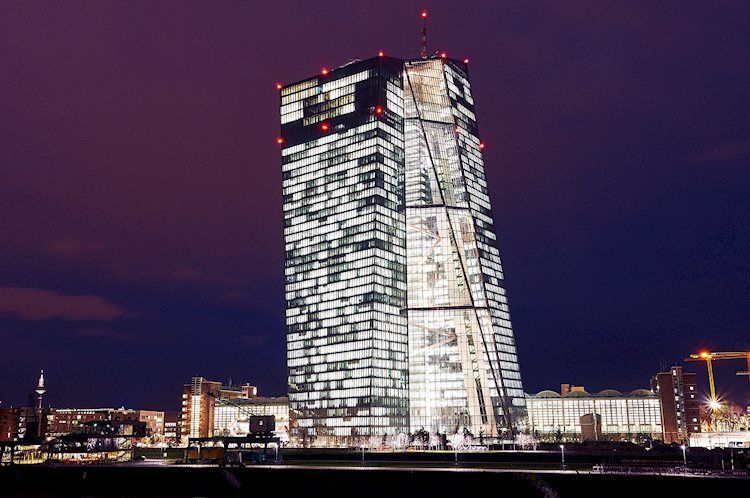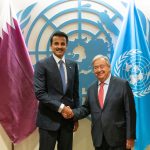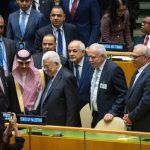The European Central Bank (ECB) governing council member Klaas Knot recently stated that the central bank is expected to continue cutting interest rates until at least the first half of 2025, aiming for a range between 2% and 3%. Knot believes that interest rates will not return to the extremely low levels seen before the pandemic, but will likely stabilize at a more natural level, possibly starting with a 2%. The market reacted positively to this news, with the EUR/USD pair trading slightly higher on the day at 1.1188.
The ECB, located in Frankfurt, Germany, serves as the reserve bank for the Eurozone and is responsible for setting interest rates and managing monetary policy for the region. The primary objective of the ECB is to maintain price stability, with a target inflation rate of around 2%. The ECB achieves this goal by adjusting interest rates, with higher rates typically strengthening the Euro and vice versa. Monetary policy decisions are made by the ECB Governing Council at meetings held eight times a year.
During times of crisis, such as the Great Financial Crisis in 2009-11, the ECB can implement Quantitative Easing (QE) as a policy tool. QE involves the ECB printing Euros to purchase assets, such as government or corporate bonds, from financial institutions. This process aims to provide liquidity to the financial system and stimulate economic growth, often resulting in a weaker Euro. QE is used as a last resort when lowering interest rates alone is not effective in maintaining price stability.
As the economy begins to recover and inflation rises, the ECB may engage in Quantitative Tightening (QT), which is the opposite of QE. In QT, the ECB stops purchasing new bonds and reinvesting the principal on maturing bonds, signaling a more hawkish monetary policy stance. QT is typically viewed as positive for the Euro, as it indicates that the ECB is confident in the economic recovery and may be preparing to tighten monetary policy further. Overall, these policy tools play a crucial role in the ECB’s efforts to maintain price stability and support economic growth in the Eurozone.
In conclusion, Klaas Knot’s comments suggest that the ECB is committed to continuing its accommodative monetary policy stance by gradually reducing interest rates over the coming years. The market’s positive reaction reflects confidence in the ECB’s ability to support economic recovery and maintain price stability. As the central bank navigates the post-pandemic economic landscape, strategies such as QE and QT may play a vital role in shaping the Eurozone’s monetary policy framework. Overall, the ECB’s proactive approach to managing monetary policy will be closely monitored by investors and policymakers alike as they work towards a sustainable and resilient economic future.











